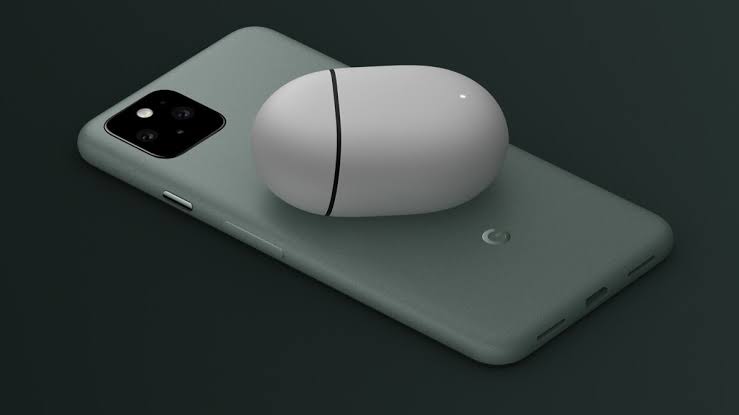
After tons of leaks and rumors, Google finally unveiled the Pixel 5 and the Pixel 4a 5G last Wednesday. The Pixel 5 comes with an aluminum chassis, unlike the 4a 5G which has polycarbonate chassis. The Pixel 5, however, even with its aluminum back panel, surprisingly, supports wireless charging and reverse wireless charging.
Upuntil now only phones with glass back supported wireless charging, so this came as a surprise for most people. Mainly because the electrical signals from the wireless charger cannot get through some materials and aluminum is one of them. These signals can only pass through polycarbonate, better known as plastic and glass. This is why modern smartphone manufacturers mostly go with a glass back to support wireless charging.
The Google Pixel 5 has an surprisingly productive design. Though the chassis of the device is made up of aluminum, the company cut out a physical hole in the middle. Google then baked an ‘ultra-thin skin’ in place of that missing aluminum chassis which. According to Google, it is made of a “bio-resin” material.
Now, the bio-resin layer is actually a very thin layer of plastic. Inspite of being very thin, it is very strong. Google also claimed that users won’t be able to feel the coil underneath the sturdy bio-resin layer.
We can't deny that, the way they are enabling wireless charging is quite interesting and innovative. Pixel 5 comes with Snapdragon 765G, 4080mAh battery, 6 inch screen with 90Hz refresh rate and 8 GB RAM for $699.













0 Comments